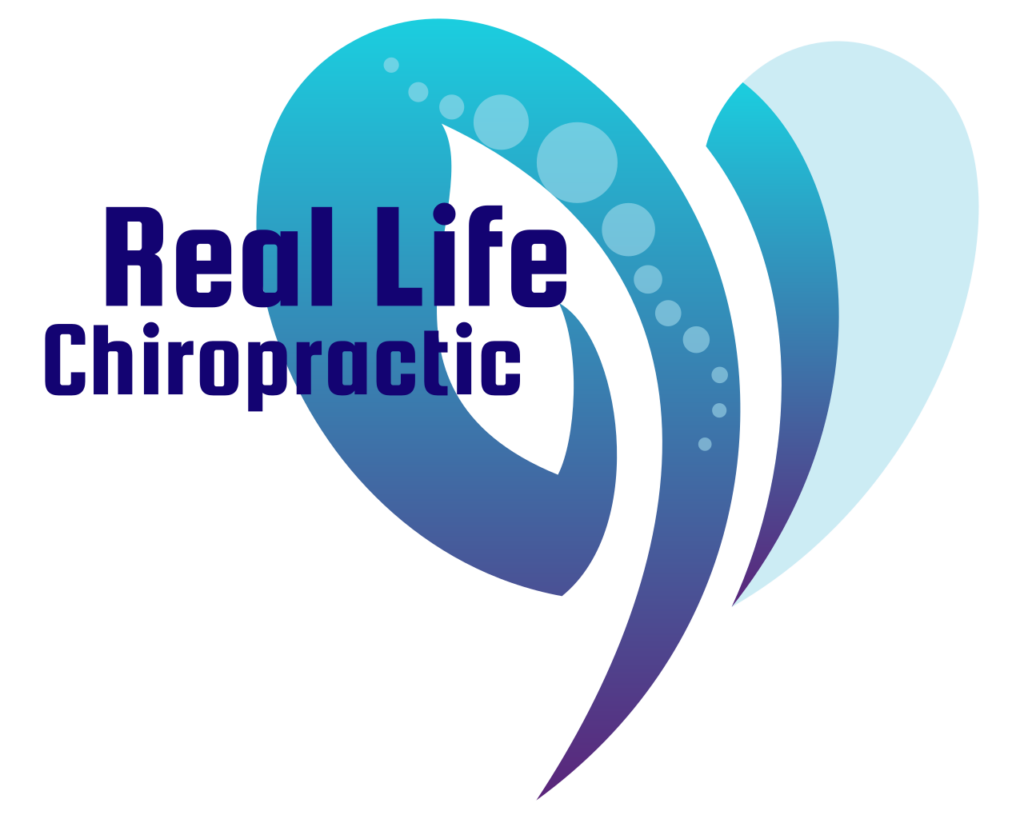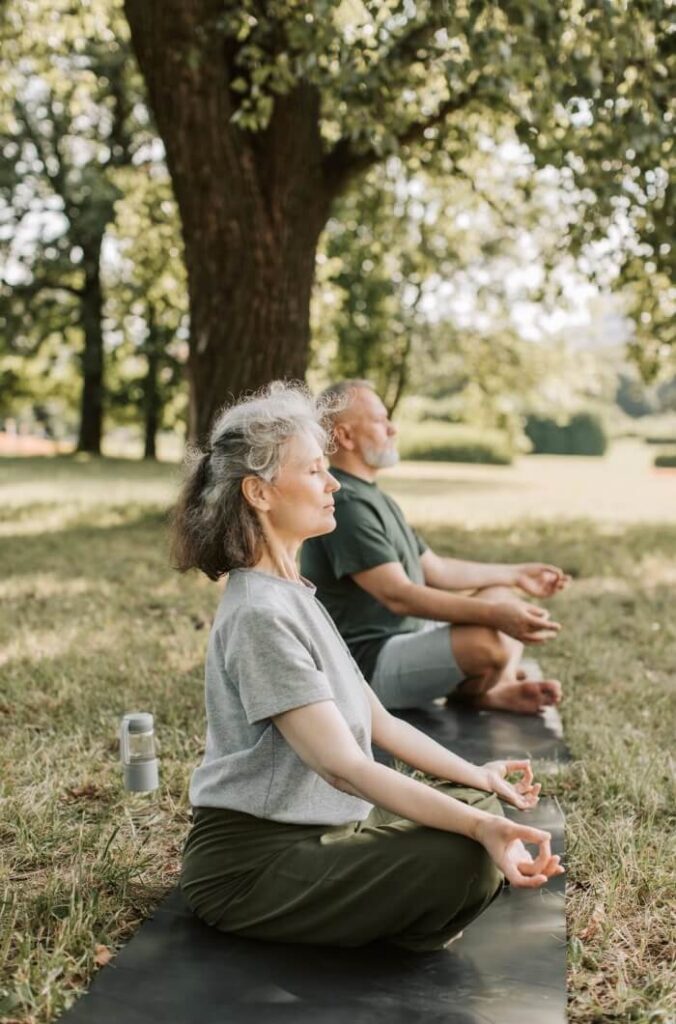More on Meditation
Why does one need to meditate to find balance in the chakras, energy fields or life in general? This is because our conscious or analytical mind makes up about 5% of our brain power (or our thinking brain). Chinese medicine calls your analytical mind your “monkey mind.” In this state of mind, our brain waves are in a mostly beta brain wave state and is how children ages 7 and older as well as adults think.
Before age 7 our brains function primarily in an alpha-theta brain wave state. While in this state of mind, we are in a hypnotic state where everything we see and experience is a direct download into our subconscious mind. Before age 7 everything we witness and learn becomes a program or habit that sets us up for the rest of our life on how to speak, treat people, and how to act in most situations in life. These habitual programs are constantly going through our subconscious mind which is about 95% of our mind and greatly influences our autonomic nervous system.
In order to find out what’s going on within our body we must get passed our analytical mind to tap into our programs/habits, and subconscious mind. That is why meditation is the means to observe this alpha state of mind to find out about the things that we don’t like or want.1 The more we stimulate our alpha brain-wave states, we become more creative2 and we are less depressed.3
References:
Jim L., Juan X., Inge R., Alexandra V., et al. Increased Theta and Alpha EEG Activity During Nondirective Meditation, Journal of Alternative and Complimentary Medicine. Vol. 15, NO. 11. Nov. 18, 2009. DOI: https://DOI.org/10.1089/acm.2009.0113
https://www.sciencedirect.com/science/article/abs/pii/S0010945215001033?via%3Dihub
Alexander, M.L., Alagapan, S., Lugo, C.E. et al. Double-blind, randomized pilot clinical trial
targeting alpha oscillations with transcranial alternating current stimulation (tACS) for the treatment of major depressive disorder (MDD). Transl Psychiatry 9, 106 (2019). https://doi.org/10.1038/s41398-019-0439-0
More on Meditation Read More »








